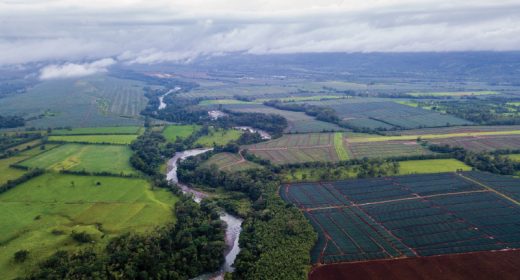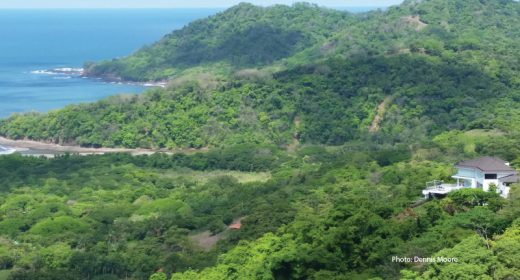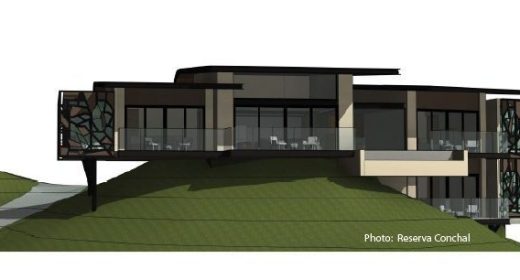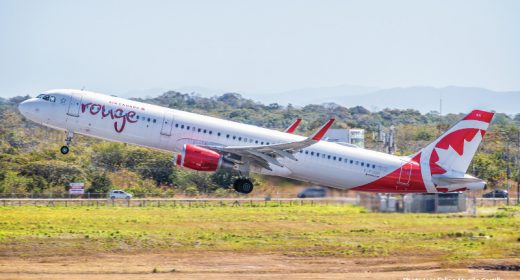
Restoring Our Watershed – A Costa Rica Community Feature
- AUG 04, 2018Warning: count(): Parameter must be an array or an object that implements Countable in /home/howlermag/public_html/old/wp-content/themes/new-paper/includes/general.php on line 193
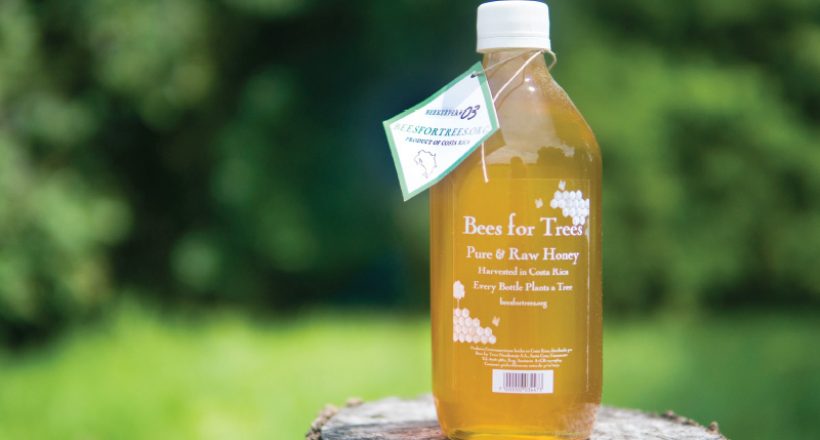
Your Lead Paragrpah goes here
Restoring Our Watershed is a nonprofit U.S. and Costa Rican partnership that is implementing a simple climate change adaptation plan in the Nandamojo watershed, which extends from 27 de abril to Junquillal. We empower families and communities to renew their landscape so more rainwater is absorbed, recharging aquifers to prepare for droughts while also mitigating the energy of floodwaters.
Beautiful Guanacaste is threatened by climate change — it’s plain to see for anyone who has lived here more than a few years. Changes to rainfall patterns left many communities without potable water during a historic spate of droughts in 2014-15. Just two years later, enormous flooding devastated major infrastructure to the tune of several hundred million dollars. As the chemistry of our atmosphere continues to change, both extremes are expected to appear more frequently. Solutions that address both sides of the problem are urgently needed.
These solutions do nothing
to manage floods, and instead
actually worsen the core problem
created by droughts.
Our organization has received no prizes at world climate conferences, nor do we have any internationally recognized expert staff driving vehicles financed by our fundraising. We are recognized by dozens of families and community-based organizations that have joined us in our vision. We spend most of our time either discussing water protection with local stakeholders or helping them take actions needed to do so, while seeking resources to continue these activities.
Our vision largely reflects the work and ideas of Tom Peifer, an environmental consultant in Costa Rica and longtime Howler contributor. To summarize our predicament: new pipelines, deeper wells and larger storage tanks are short-term water supplying “Band-Aids.” These only benefit communities where the economic resources can either pay for or justify a major infrastructure improvement.
These solutions do nothing to manage floods, and instead actually worsen the core problem created by droughts. Landscapes dry out, leaving human, plant and animal communities without sufficient resources.
The large majority of Guanacaste’s poor, rural communities will never benefit from a multimillion-dollar pipeline project, but depend on their local groundwater resources for 100 percent of their potable water. Keeping their wells recharged over the long term is central to their future. Many also depend on small bridges or roads cut into steep hillsides for access to vital services.
Restore Our Watershed – land use symposium

Costa Rica’s national government will always prioritize the rebuilding of infrastructure for wealthy areas. Therefore, increasing a landscape’s capacity to absorb water is the only solution that is affordable for these poor, isolated communities while addressing both threats. Our objective is to motivate and equip stakeholders of all ages to carry out the task.
The soul of our strategy is promoting land use change at the grass-roots level, through watershed education and a ton of sweat.
Restoring Our Watershed works directly with stakeholders of all ages, from poor homemakers to wealthy expat ranch owners, to not just exchange knowledge and ideas, but to implement changes at their home or farm that will benefit them and their future. Our network of relationships with local landowners is strong only because we have been to their farms and joined them in planting.
We listen to families’ input and look for solutions that directly benefit their most important interests. Most often, people are more anxious about putting food on their table than protecting aquifers over the long term. You cannot expect farmers to invest in a 30-year forestry project when they are most concerned about paying tomorrow’s bills.
So we intertwine real, immediate human needs with our work as much as possible. We foster sustainable, local economic enterprises that improve watershed health while providing financial resources for restoration and protection.
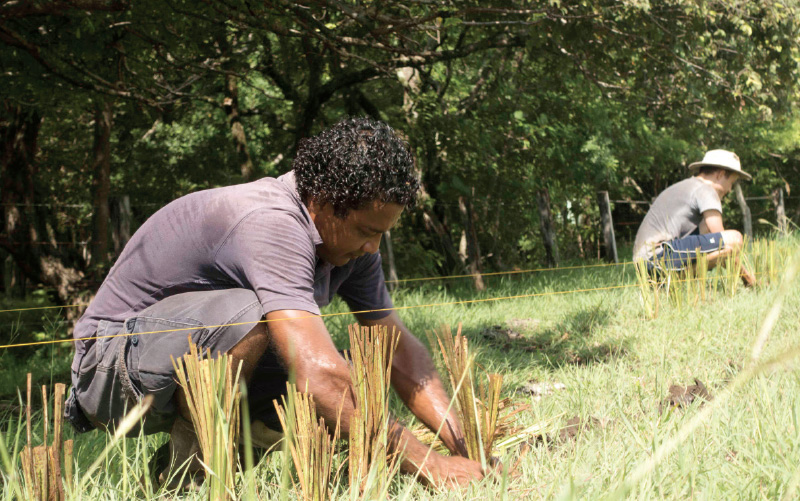
Bees for Trees is a micro-lending program our organization has implemented to create green jobs while financing the reforestation of river corridors. Six families are currently producing honey to increase their household income (look for Bees for Trees honey from Tamarindo to Junquillal). We use profits from honey sales to support another six families who are reforesting along major waterways.
Restoring Our Watershed also distributes a vast number of fruit and nut-bearing trees. We love to give families good firewood and lumber-producing saplings, hoping to supply their future household needs. In 2017, we planted a total of 1,500 trees and we aim to plant between 5,000 and 6,000 in 2018.
We also help landowners use new plants to control soil erosion on their farm, as erosion is essentially the process by which a water-absorbing landscape becomes one that drains too quickly. Using proven, simple techniques — planting contour hedges of deep-rooted grasses, for example, or building check dams to stop gully erosion — we help diverse stakeholders keep their soil from washing away.
So Restoring Our Watershed is a grassroots organization in more ways than one. We passionately believe that landscape transformation from the bottom up — meaning plants and pueblos, rather than policies and politicians — represents Guanacaste’s best hope for adapting to the challenges of climate change.
Want to join us? There are many ways to pitch in. Purchase or distribute honey, volunteer in our nursery, donate to help us reach more landowners or connect with us for a tour of our watershed. Email matt@ourwatershed.org (Spanish or English) for more information. We want to hear from you!
Learn more about Restoring Our Watershed: Click Here
More Costa Rica Community Feature Articles
Costa Rica Sustainable Development- Build, live Sustainably
CST- Being Green Maters for Diamante Eco Adventure Park
Costa Rica’s Indigenous Communities and Tribes
Soccer in Costa Rica Debut in 1899
Educarte: A new North for Education in Guanacaste
Watchful Eyes in Wonderland
Envisioning an Eco-Friendly World
Santa Cruz: A Brief History
SalveMonos: From Tragedy to Hope
Matapalo Playground – Giving back to Costa Rica Communities
ProParques Works Hard to make your Experience Easy
Solar Savings, Net Metering a Powerful Incentive





